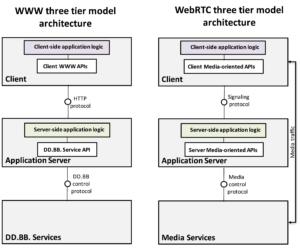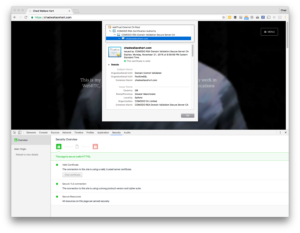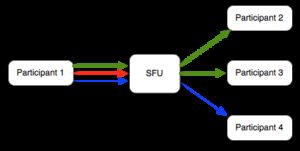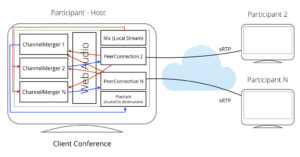Media servers, server-side media handling devices, continue to be a popular topic of discussion in WebRTC. One reason for this because they are the most complex elements in a VoIP architecture and that lends itself to differing approaches and misunderstandings. Putting WebRTC media servers in the cloud and reliably scaling them is even harder. Fortunately there are […]
Let’s Encrypt – how get to free SSL for WebRTC
Way back in 47 (version that is), Chrome started to mandate the use of HTTPS in conjunction with getUserMedia. To use HTTPS you need a SSL/TLS certificate. Xander Dumaine covered this a bit for us before, but I still see a lot of people out there struggle with it. As it so happens, the certificate for my […]
Optimizing video quality using Simulcast (Oscar Divorra)
Dealing with multi-party video infrastructure can be pretty daunting. The good news is the technology, products, and standards to enable economical multiparty video in WebRTC has matured quite a bit in the past few years. One of the key underlying technologies enabling some of this change is called simulcast. Simulcast has been an occasional sub-topic […]
Your Browser as a Audio Conference Server with WebRTC & Web Audio (Alexey Aylarov)
Conference calling is a multi-billion dollar industry that is mostly powered by expensive, high-powered conferencing servers. Now you can replicate much of this functionality for free with a modern browser using the combination of WebRTC and WebAudio. Like with video, multi-party audio can utilize a few architectures: Full mesh – each client sends their audio […]
Update: Anatomy of a WebRTC SDP (Antón Román)
Session Description Protocol (SDP) is a fundamental, but very unintuitive concept behind how WebRTC works today. Its no wonder that the Anatomy of a WebRTC SDP post and the interactive SDP guide by Quobis CTO, Antón Román has been so popular here on webrtcHacks. With all things WebRTC, things have changed and we were due for an […]





